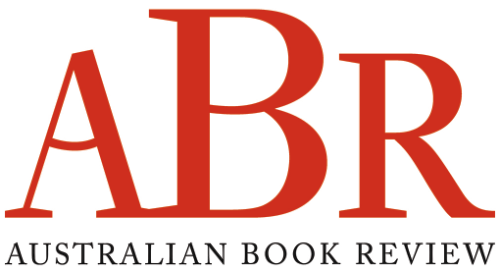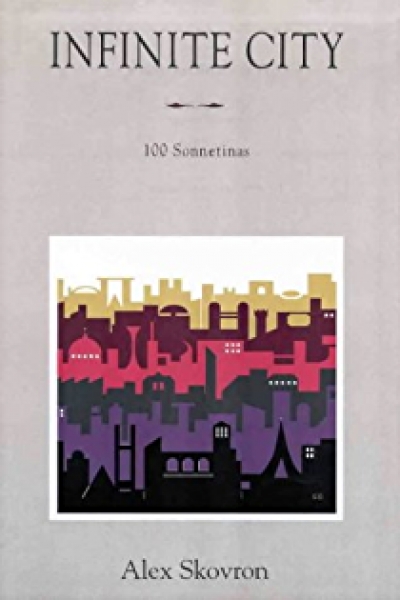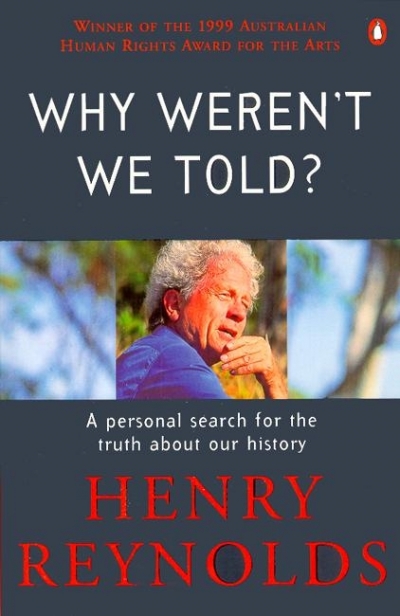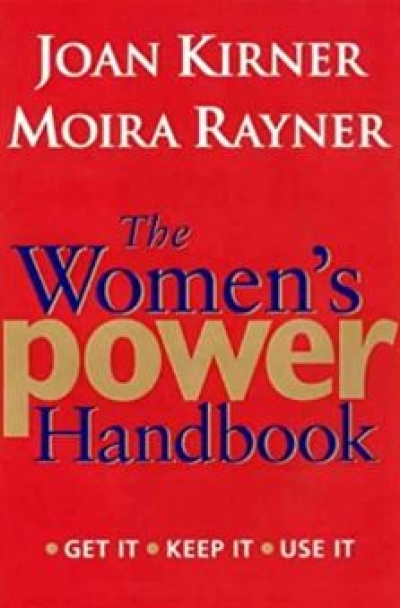Archive
The Riches of Ancient Australia: An indispensable guide for exploring prehistoric Australia by Josephine Flood
by Mike Smith •
Infinite City by Alex Skovron & Aerial Photography by Joanne Burns
by Jennifer Maiden •
Why Weren’t We Told?: A Personal Search For The Truth About Our History by Henry Reynolds
by Morag Fraser •










